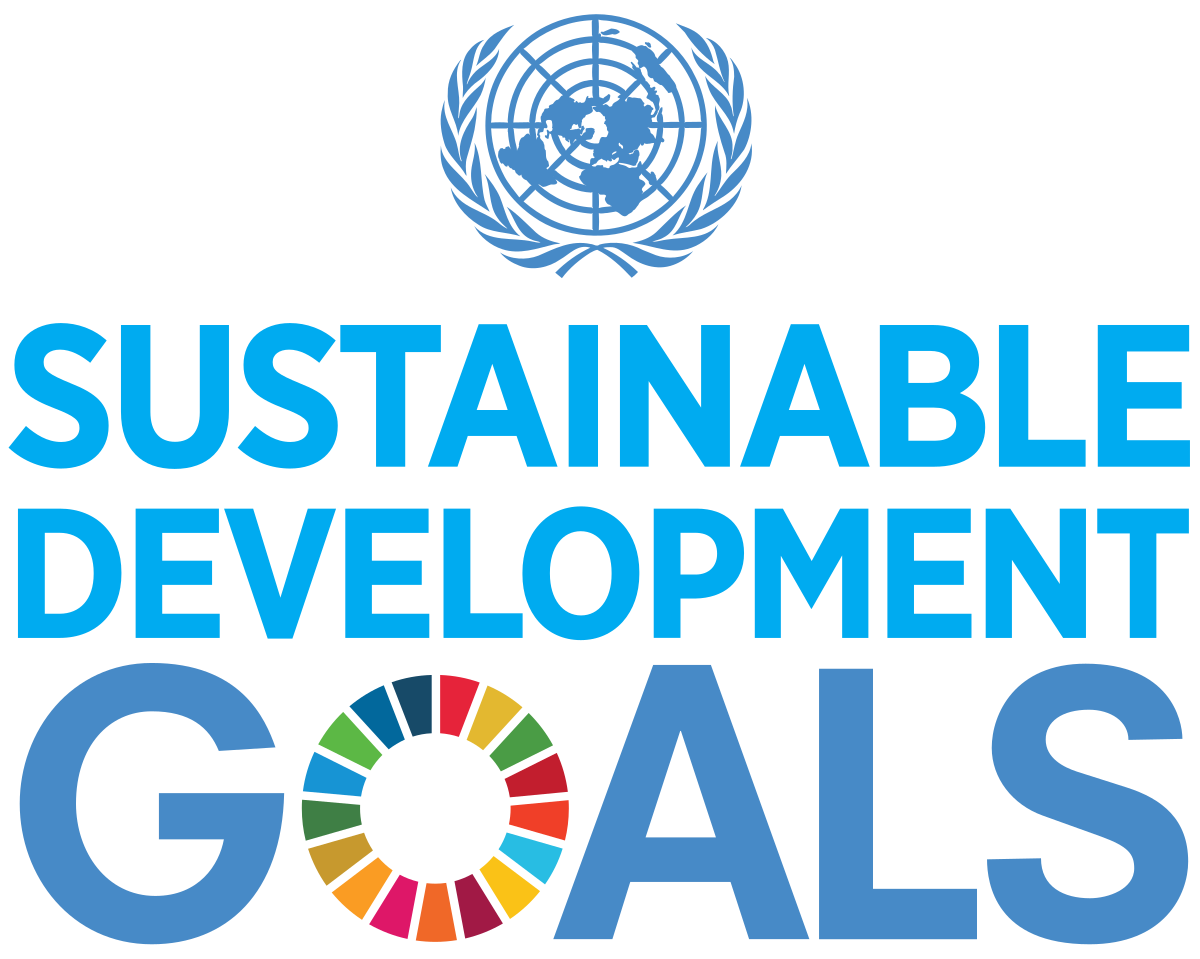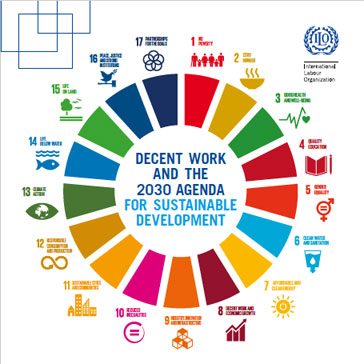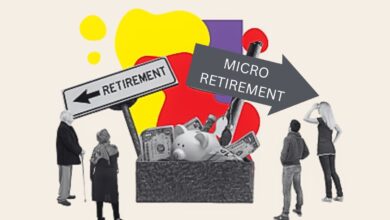Success in achieving SDG targets seem impossible till 2030.

SDG targets and where they stand
It all started in 2015 when United Nations introduced Sustainable development goals (SDGs) to address the key features of universal welfare across various socio-economic indicators. These goals were adopted by a total of 193 countries, India being one of them. India started the implementation of these goals from 1st January 2016 and also prepared its exclusive sustainable development index to track the progress of the country as well as the different states and UTs individually.
The country has made a visible improvement in its targets of achieving the goals. Its overall score on the index has increased to 66 in the current index as compared to 60 in the previous index. However, there are some catches in this statement, which we’ll discuss as we move ahead.

The first index, which was prepared by NITI Aayog, was introduced in December 2018 and has been followed by two further releases with more targets and goals for the years 2019-20 (Index 2.0) and 2020-21 (Index 3.0). The latest index (3.0) covers a total of 17 SDGs and 169 Targets. Some of the most important SDGs are zero poverty, good quality of education, good health, zero hunger, sanitation, reduced inequality, and clean and affordable energy.
So, where are we on these goals?
The overall score of 66 in the current index shows that the country is performing well, right? Not really. Reports state that the country has succeeded in reaching close to its target of affordable and clean energy, clean water and sanitation, and sustainable cities and communities. However, the country’s performance in achieving zero hunger and gender equality has been very poor. Another grim fact is that the country’s parameters like quality education, decent work, and economic growth, clean water, and sanitation have degraded from the levels that had been registered previously.
Avani Kapur, the director of accountability at the center for Policy Research, in a recent statement, claimed that India’s SDG score has risen by 6 points only because of the improvement in clean water and sanitation, and affordable energy. The reason behind this improvement is majorly due to the Swachh Bharat Scheme and the cooking gas scheme. She further claimed that improvement in only these goals would not be sufficient for the development of the country, as can be very easily inferred looking at the parameters of success.
There are also some changes introduced in the indicators and some of the indicators are even removed. Further, these indicators have not taken into account the impact of the COVID-19 pandemic and pointed out that some of the indicators are outdated, which implies that the situation may have worsened from what we’re expecting at the point.
The rising unemployment, fall in real income and the rising gender equality will have a great impact on the state rankings and will also hamper the ability of the country to achieve the SDGs. These indicators, which usually show us the dull economic position we are at, are now also pointing at the country’s inability to provide basic quality of life to its people and failure to commit to the achievement of set goals.
Are all states on the same plane?

The regional disparities in the Index are also a matter of great concern. While some states have topped the chart, others are still struggling to achieve their basic targets. Most of the southern states and two hill states have performed very well in this year’s Index. Kerala, followed by Himachal Pradesh and Tamil Nadu have topped this year’s Index. Telangana, which was in the top five in the index last year has now fallen to a lower rank due to inadequate performance and insufficient action steps.
The disparities are reflected in the varying performance of different states. Bihar has been the worst performer when it comes to the achievement of SDGs, Jharkhand, and Assam closely being on the cutting edge too. Some of the northeastern states have performed poorly as well. The eastern states have been disappointingly incapable of achieving the goals of zero hunger, poverty, and gender equality.
But why these disparities?
But what is the reason behind the large disparities between states’ performance and the state’s inability to achieve the goal of eradicating poverty and removing hunger issues? The reason behind this is the significant differences in the per capita income. The difference in the consumption pattern and status of women are equal contributors too. The rising level of illiteracy and women empowerment has resulted in this failure too.
The next question which may arise is how the target of zero hunger is measured? It is measured in various ways. Measuring the number of people covered under the National Food Security act, counting the number of underweight children, and the number of anemic pregnant women are some of the indicators.
On getting a deeper look at the fact, it revealed that Jharkhand has performed the worst in achieving the goal of zero hunger followed by Bihar, Meghalaya, and Chhattisgarh. But one shocking fact is the affluent states of Maharashtra and Gujrat have also failed to achieve the goal of zero hunger with a score lower than 50.

Avani Kapur stated that the reason behind this is the improper implementation of the National Food Security Act. She further claimed that the non-availability of a demand-based Public Distribution System even when the country was suffering from the COVID-19 pandemic. “Even the maternity benefits have not reached anyone and we have no data about who is excluded”, she further added.
Like zero hunger, gender equality has also been a matter of concern. It is measured by indicators like a crime against women, wages paid to women, and their participation in the labor force. Assam is the worst performer in achieving gender equality, with Rajasthan and Tripura barely making the cut. The best performing states are Kerala and Chhattisgarh because of their credible and consistent actions in the improvement of these parameters.
Other important things to note-
However, there are some shortcomings of the index which are necessary to be discussed. Most of the data sources used are as old as 2011-12 and things have changed a lot in these years. Not only this, economic indicators for measuring inequality like household per capita expenditure and Gini coefficient of household expenditure – which were used till last year, have also been dropped.
Many other indicators have also been dropped due to the inefficiency of the data. The old boring tendency of India’s data to present a fallacious picture still continues and as long as acknowledgment isn’t proper, the action would not be too. The country is far from achieving its SDG targets and the government must take plausible action steps in the direction to make sure change at a larger scale is made.




